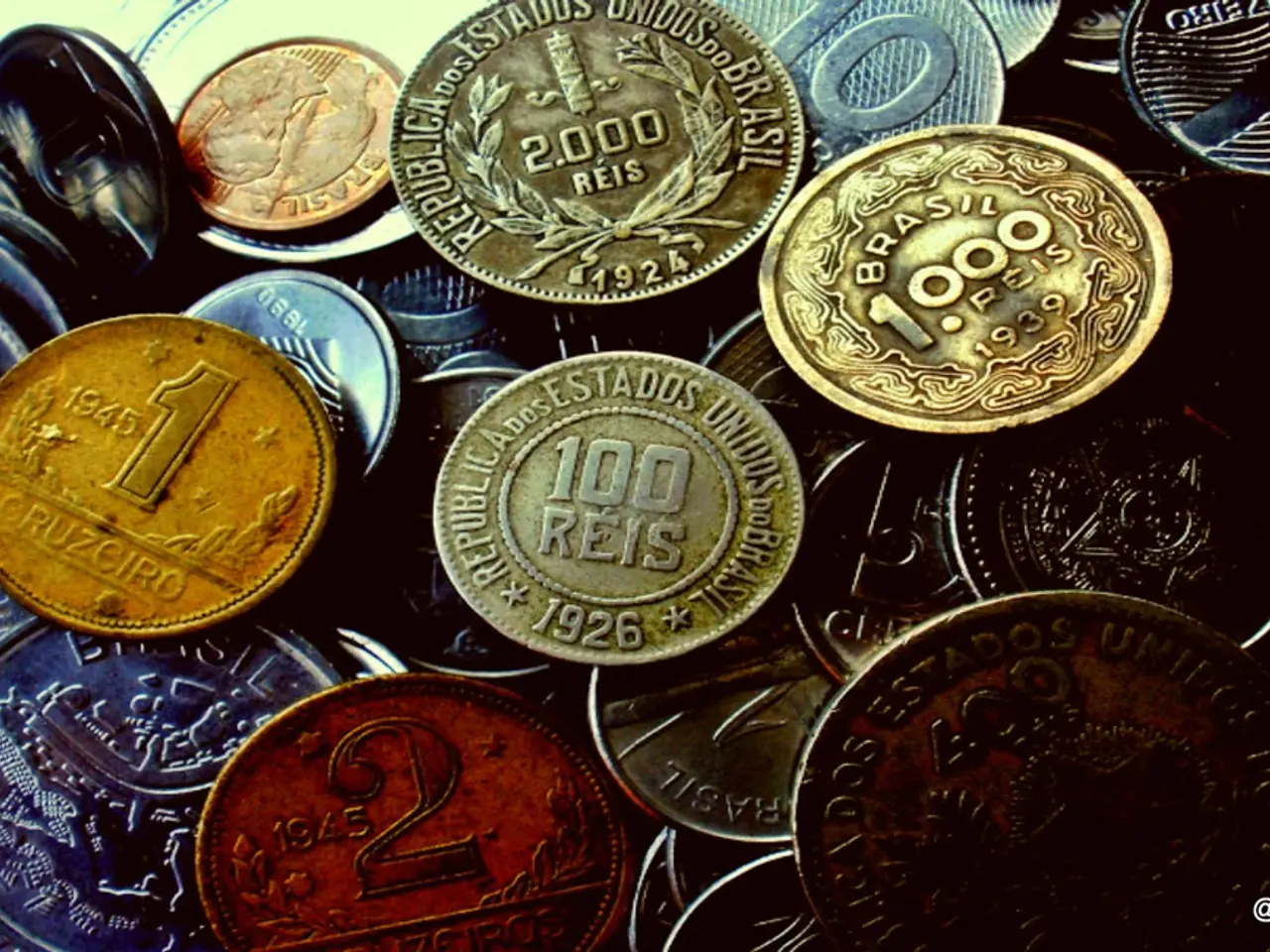Essential Facts for Investors Regarding Ripple's Cryptocurrency (XRP)
The digital asset XRP, often referred to as "the banker's coin," has garnered significant attention in the crypto world for its potential in facilitating high-value cross-border payments. However, it's crucial to delve deeper into the factors that shape its landscape, including regulatory risks, competition from stablecoins, and the concentration of ownership.
XRP's status as a security, as determined by the SEC in December 2020, has introduced regulatory risk into the equation. This ruling opened a case against Ripple, the San Francisco-based tech company that created XRP in 2012. It's important to note that XRP is not the same as Ripple; while Ripple is a payment technology company, XRP is the third-largest cryptocurrency by market cap, currently standing at $177 billion.
Despite these concerns, XRP boasts significant upside potential. Ripple has introduced a new stablecoin, Ripple USD, last year to boost demand for XRP. This move signals Ripple's commitment to the token, aiming to make its payment system as reliable and scalable as possible to appeal to banks.
However, XRP faces potential disruption from stablecoins. The stability and low volatility of stablecoins could potentially cannibalize XRP's future business prospects. This is a valid concern, given the rapid growth and adoption of stablecoins in the crypto space.
One area of concern is the concentrated ownership of XRP. The top 10 XRP blockchain wallets control 41% of the circulating supply, with the top 20 wallets controlling 50%. This high concentration raises questions about the natural assumption that the top wallets belong to Ripple management and early VC investors.
It's worth mentioning that the founding dates of wallets that hold the majority of XRP are not publicly documented. Many large XRP wallets belong to Ripple Labs and institutional holders, created at or after Ripple's inception in 2012. However, specific wallet creation dates are generally not publicly available.
In the realm of crypto parlance, tokenomics refers to how tokens are created, burned, owned, and adjusted over time. Understanding XRP's tokenomics is essential for investors to make informed decisions about its potential risks and rewards.
In summary, XRP, while offering promising potential in the realm of high-value cross-border payments, is not without its challenges. Regulatory risks, competition from stablecoins, and the concentrated ownership of XRP are factors that investors must consider before diving into this digital asset. As always, thorough research is key when navigating the dynamic and evolving world of cryptocurrencies.
Read also:
- Catastrophe at a U.S. Steel facility in Pennsylvania results in the loss of two lives. crucial details unveiled
- Manipulating Sympathy: Exploiting Victimhood for Personal Gain
- Prices remain a concern for the Germans
- Auto Industry Updates: Geotab, C2A, Deloitte, NOVOSENSE, Soracom, and Panasonic in Focus




